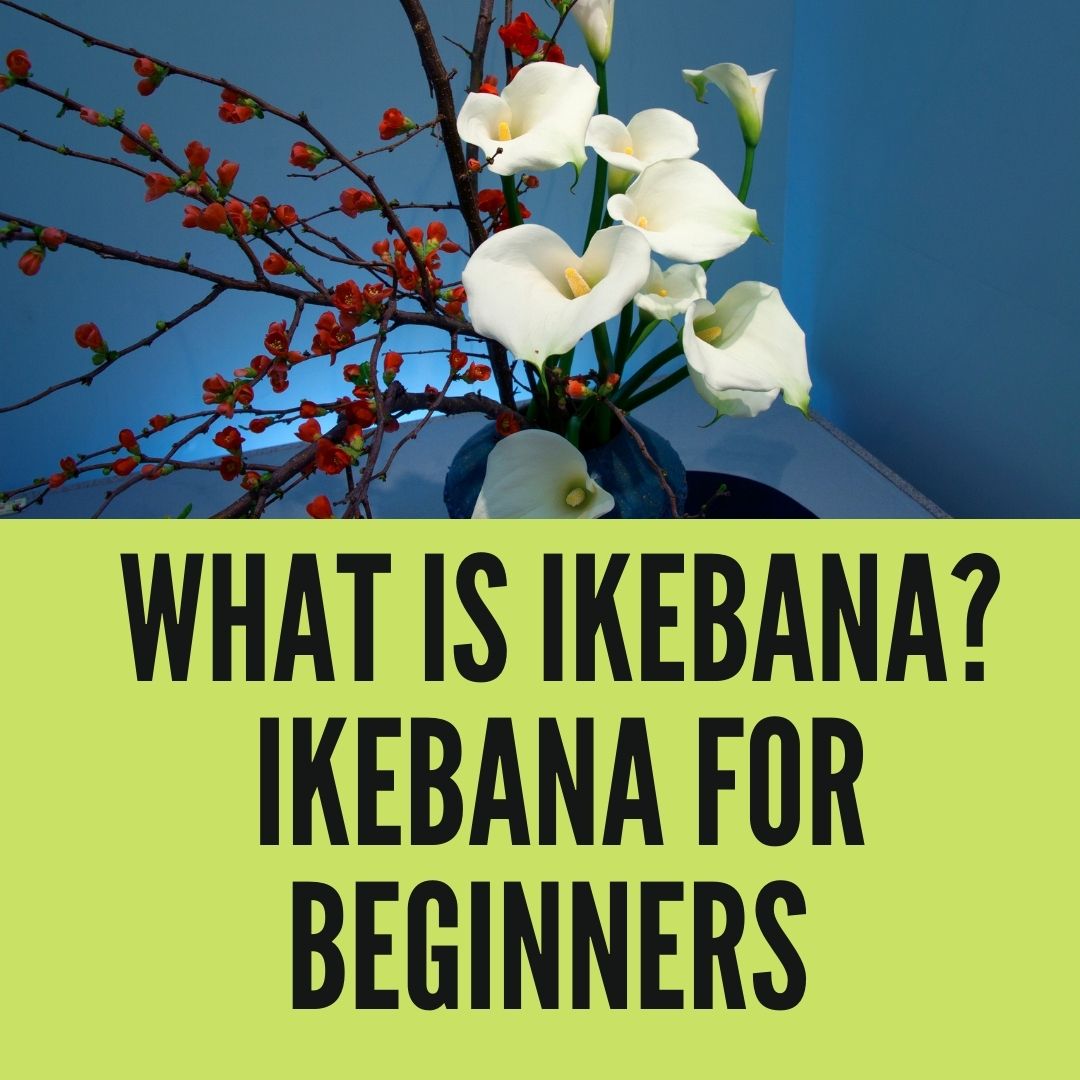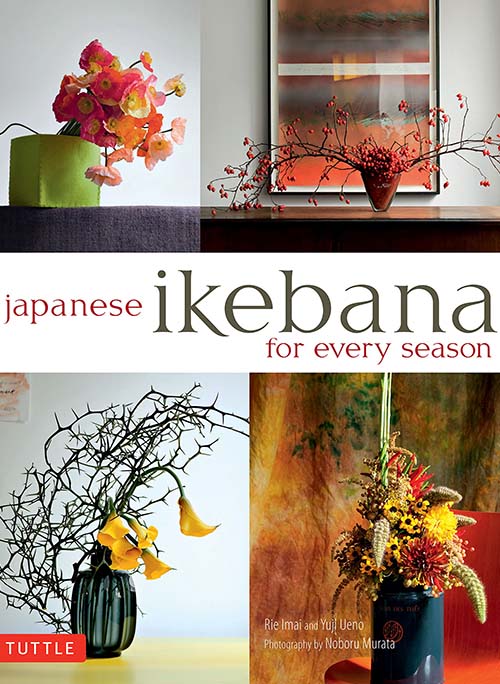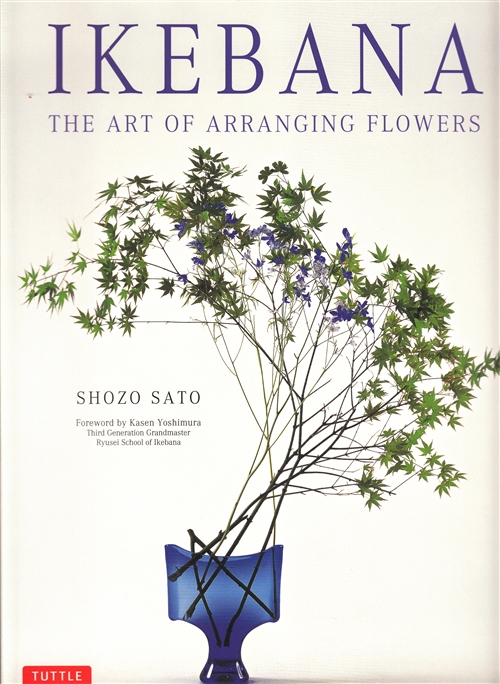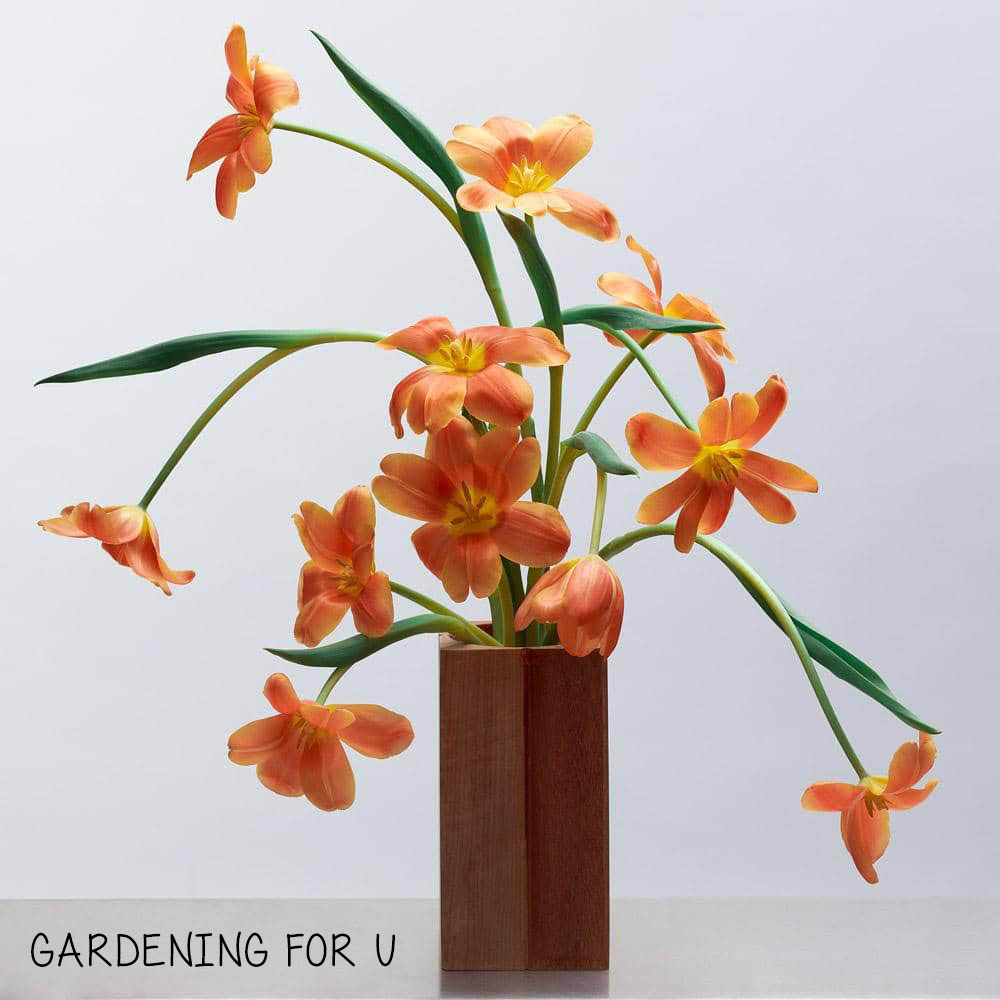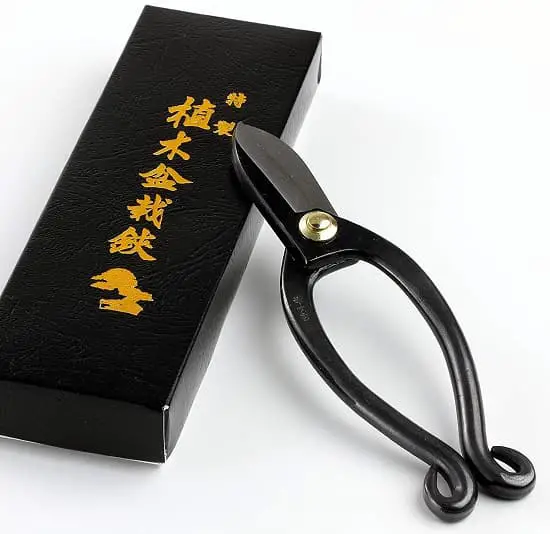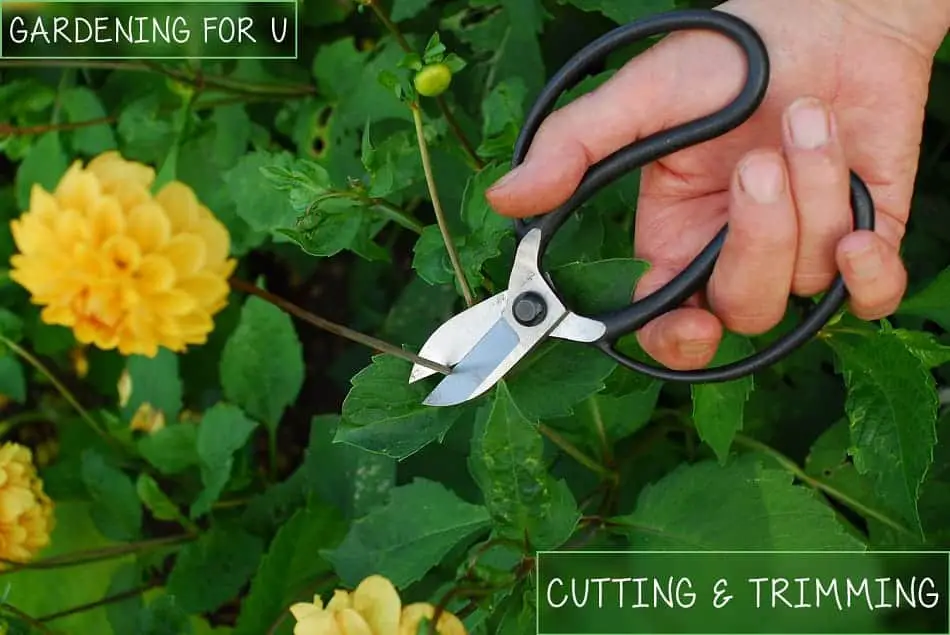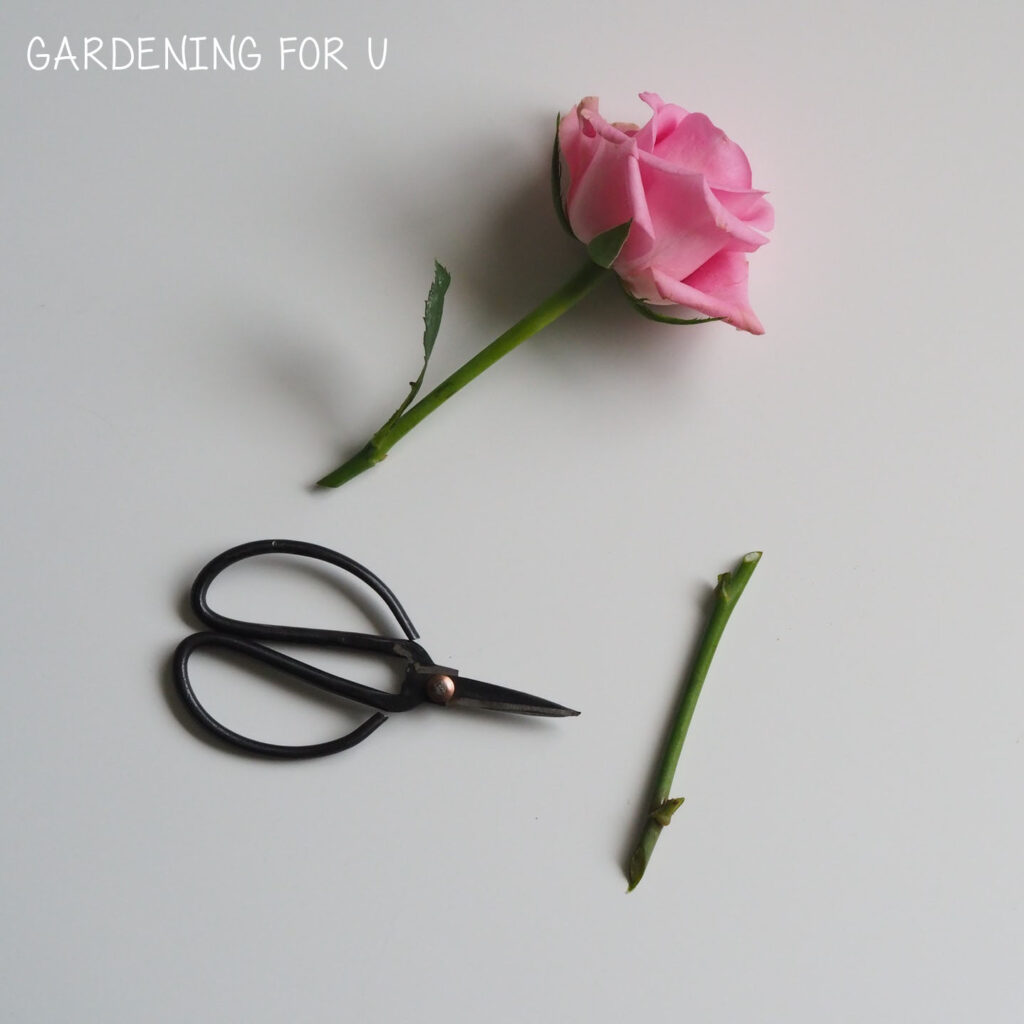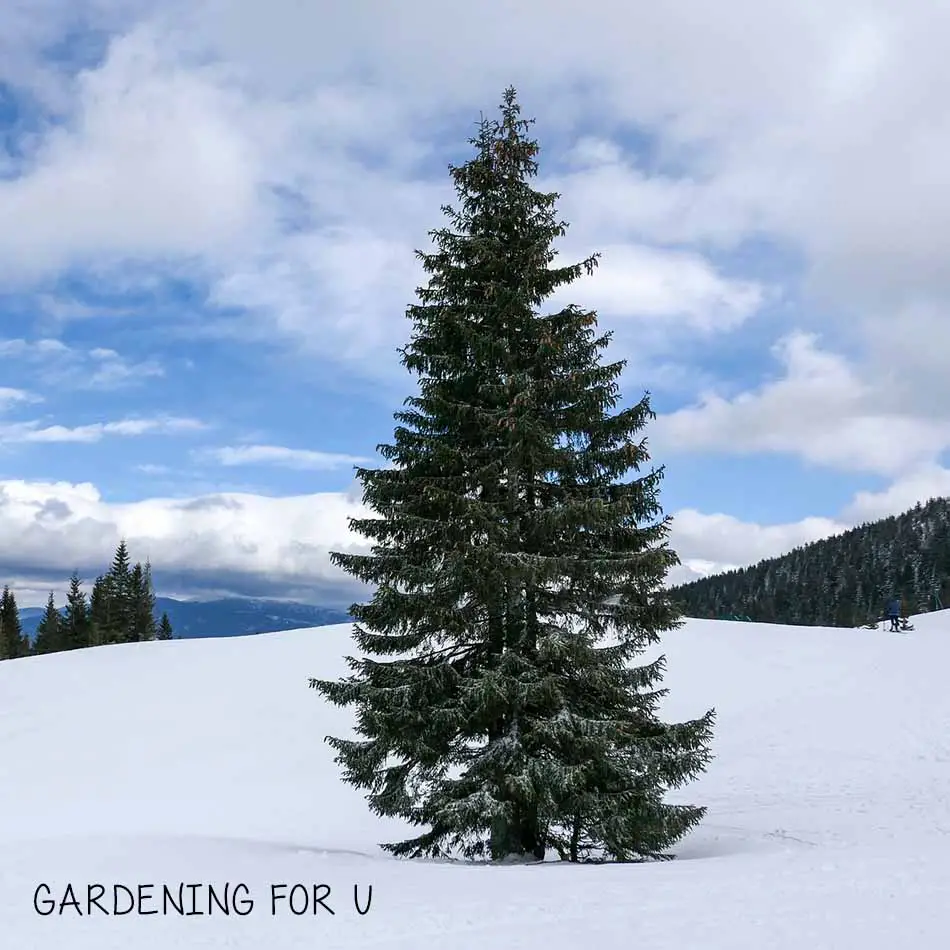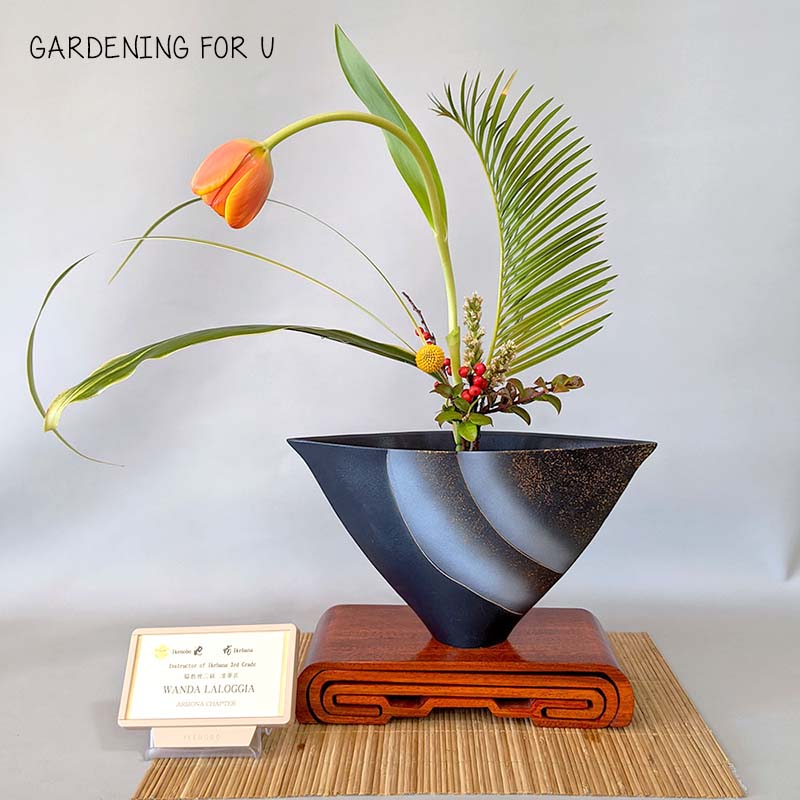Flowers are considered nature’s charismatic way to show love and emotion.
As Buddha said,
“If we could see the miracle of a single flower our whole life would change.”
-Buddha
According to Japanese people, flowers are not only mere objects; flowers are considered a symbol of the inner emotion of human beings. In the discipline of Ikebana, flowers are arranged in a Japanese flower vase called Ikebana Vase.
In this article, we’re going to talk everything about Ikebana for Beginners, such as – what is Ikebana, the purpose of ikebana, ikebana rules, and different ikebana styles.
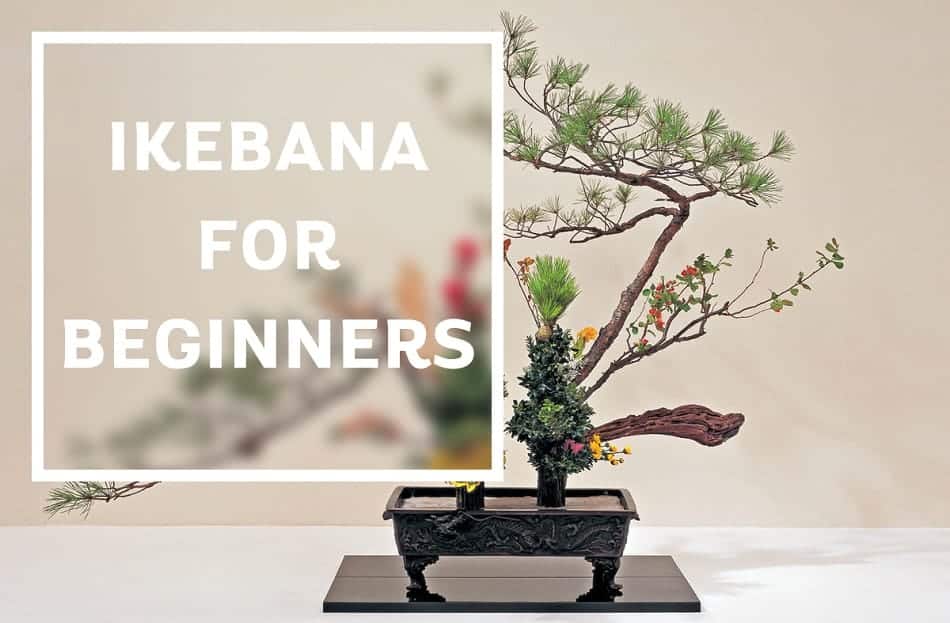
What is Ikebana?
Ikebana means “arranging flowers” or “making flowers alive“. It’s also known as Kado or Kadou which means “the way of flowers“. It’s the art of flower arrangement inspired by Buddhism and refined by the people of Japan.
Definitive Guide to Ikebana for Beginners
The Purpose of Ikebana
Offerings to Buddha
Ikebana was first introduced to Japan by Chinese Buddhist priests. It’s not just a simple flower arrangement where flowers are just put together in a vase.
Rather it holds a symbolic meaning with the art of flower arranging. Ikebana is used to make offerings to Buddha.
Meaningful Offerings
Japanese people believe that the offering of Gods should not be meaningless; it should be made with time and effort and must contain a significant meaning.
Throughout the century the art form of Ikebana changed many times but the internal meaning stayed the same.
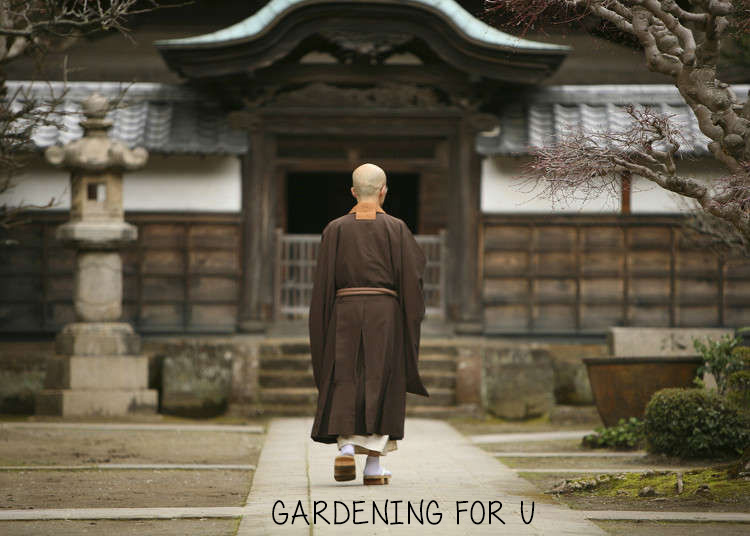
Understanding Nature of Flower
Each flower has its own different aspects. The petals, stems, and branches of flower trees differ from one another. By understanding the different natures of each flower and stem one can make a different form of Ikebana.
Understanding the Balance of Nature
It is said that the balance of nature can be found through Ikebana. This flower arrangement needs lots of time and effort and one needs to connect through the earth while making this.
In ancient times people who went to war used to take Ikebana training as they believed it would calm their minds and they could make clear decisions because of this.
Spiritual Benefits
Ikebana is also practiced for spiritual benefits as people can connect themselves with nature through this.
While performing the art form of Ikebana, one should remain silent because it is believed that only through silence the beauty of nature can be appreciated.
The purpose of Ikebana seems to be spiritual rather than something aesthetic.
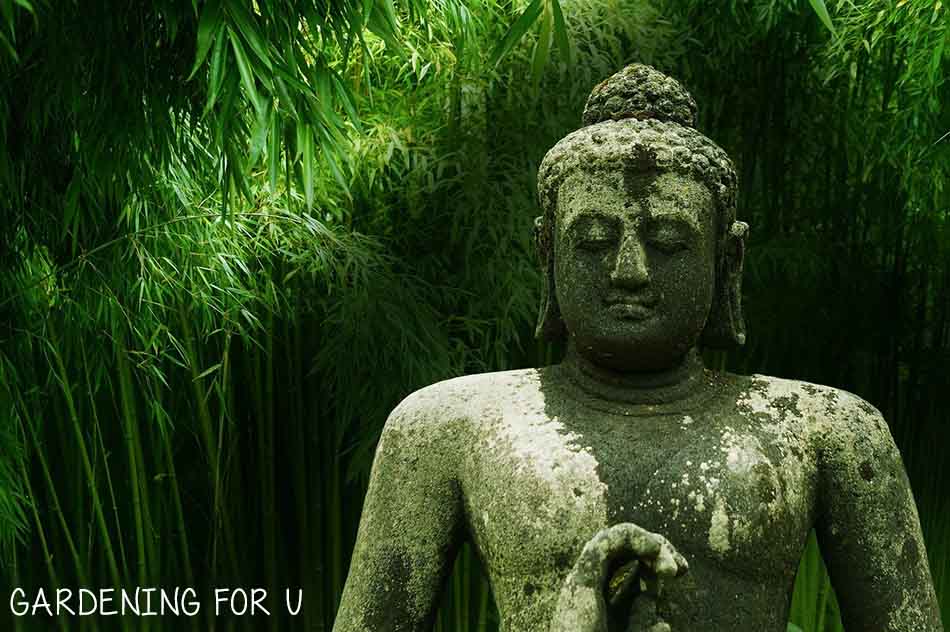
Ikebana for Beginners
Ikebana is hard to do as it takes much attention and care but it’s not something impossible.
There are various ikebana schools in today’s world to learn about Japanese Ikebana style flower arranging.
However, to learn Ikebana, firstly you have to be prepared to give your time and energy.
Then you have to select a place for it that cannot be too warm or too cold as the flowers’ texture will be disrupted by the temperature.
Read more about Best Ikebana Schools in 2021
For beginners, there is a basic Ikebana “Tateru Katachi” which follows the Ohara School art style where you do not need a lot of flowers but you can create a very beautiful Ikebana.
Now let’s get ready to create your first Ikebana!
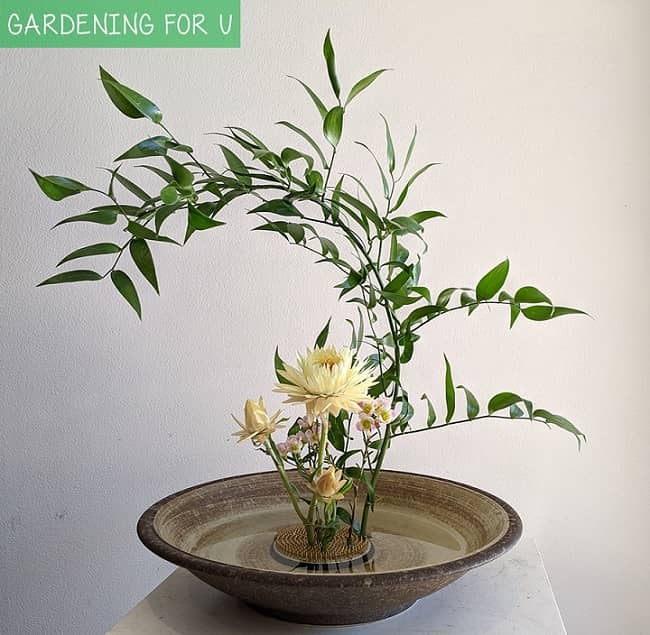
Ikebana Tools
You need a few basic tools first to do Ikebana –
- Ikebana Vase
- Ikebana Kenzan
- Ikebana Scissors
Ikebana Vase
An Ikebana vase is a flower vase that has ikebana kenzan or a spiky frog at the bottom.
The spiky/pin frog Pearce through the stem of the flower allowing it to absorb more water from the vase than normal.
The ikebana vase should be like the Ohara school of Ikebana and can be found in local stores or online shops. (You can check out our Top 7 Best Ikebana Vase).
Ikebana Kenzan
Ikebana Kenzan is also called a spiky frog. It’s basically an Ikebana flower holder where you will stick your stems and flowers on it. The literal meaning of ikebana is sword mountain.
A lot of needles sticking out of the base plate of a kenzan. That’s why it was named this way.
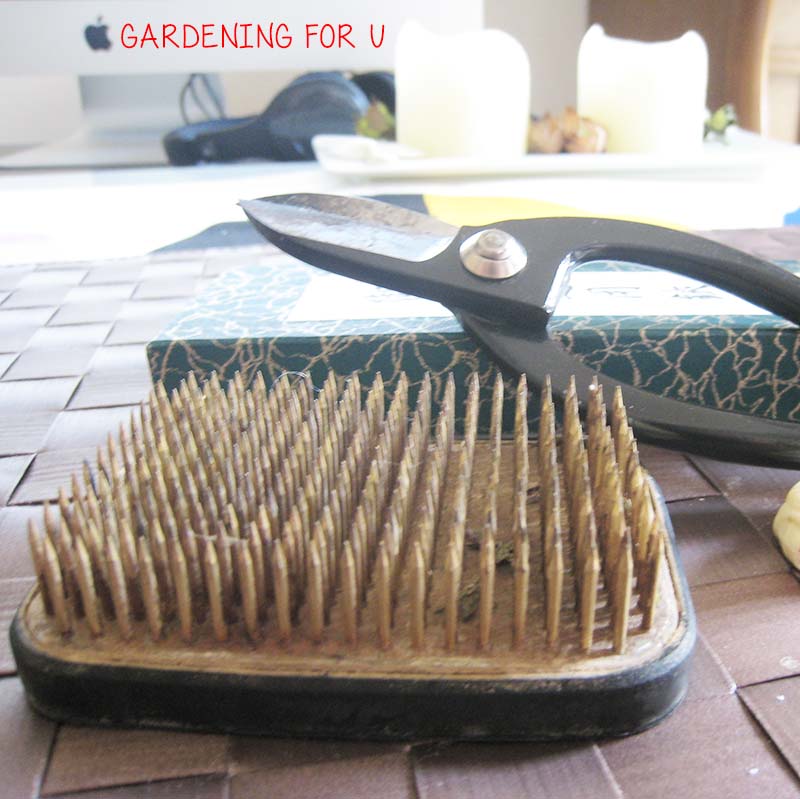
Ikebana Scissors
Ikebana scissors are used for cutting and trimming the stems, leaves, and flowers. With most of these scissors, you can also perform light garden work.
If you don’t have Ikebana scissors then don’t worry, because normal gardening scissors will do as well.
Cutting and Trimming
You have to select flowers and stems for your Ikebana arrangement. You can take big flowers like Chrysanthemums. For Tateru Katachi you will need 3 stems and 2 flowers. After selecting the flowers and stems, you need to cut these to get in a certain shape.
- Firstly, make sure that the main stem’s length of your arrangement will be two times of your vase’s length. The other two stems length must be shorter than the main stem.
- Then you need to keep your flowers’ height one-third of your main stem.
RELATED TOPIC
Read more about Ikebana Scissors Here
Aligning Ikebana
You need to pour water on the vase then put the kenzan on it. You have to place all the flowers and stems in the center position. Place the main stem along the centerline in a vertical position. Then put the flower in front of the main stem tilting it 45 degrees.
Place another stem right in front of the flower. Then put the last flower beside the stem. Lastly, put the last stem horizontally beside the first flower. Make sure that you are aligning all the particles in a central position.
After following these steps, you can create your first Ikebana. However, the most important thing is to make sure that you are enjoying the soothing beauty of nature and feeling calm while doing Ikebana.
What are the Ikebana Rules?
Ikebana is different from other flower arrangements because of its unique rules. There are many Ikebana rules that are flowing throughout the century. But some rules are a must for learning Ikebana. These are –
- Silence
- Line and Shapes
- Minimalism
- Form
- Humanity
- Culture
- Structure
- Seasonal
- Removing not Adding
1. Silence
Silence is the most important aspect of learning Ikebana. It’s believed that only in silence you can feel the beauty and harmony of nature.
Through silently observing nature and comprehending its beauty you can work one with nature.
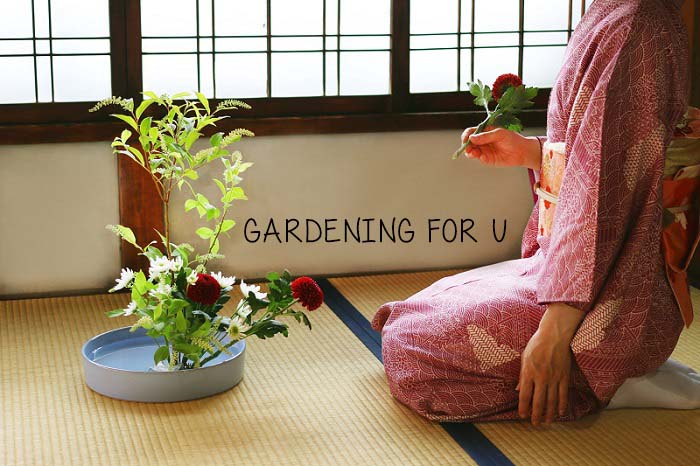
2. Line and Shapes
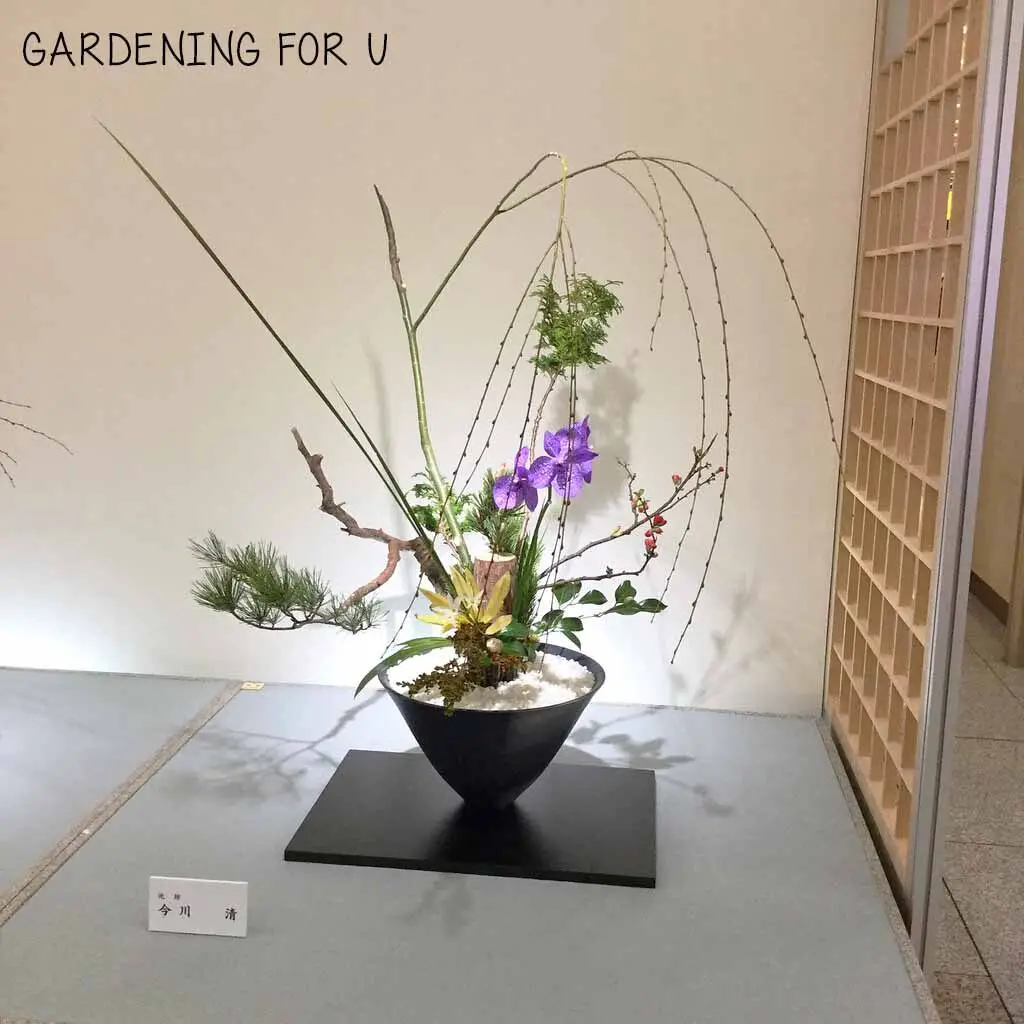
Lines and shapes are principal key factors in Ikebana. Because by creating different lines and shapes one can illustrate the picture of nature or their inner mind.
Line and shape in ikebana also follow the principle of minimalism and must look natural.
3. Minimalism
Another chief factor is Ikebana’s minimalism. Ikebana was originally developed based on the Buddhist principle of minimalism. The simplicity and the sharpness of the flower arrangement made Ikebana a unique piece of art.
Minimalism is probably the most important factor of all the Ikebana rules.
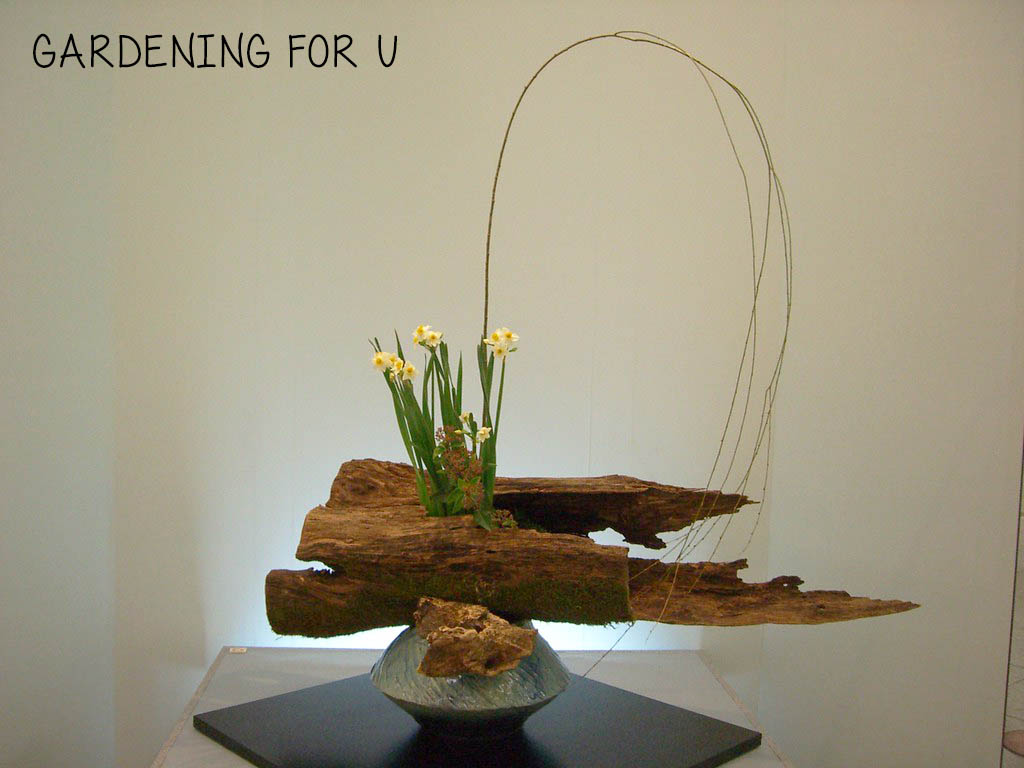
4. Form
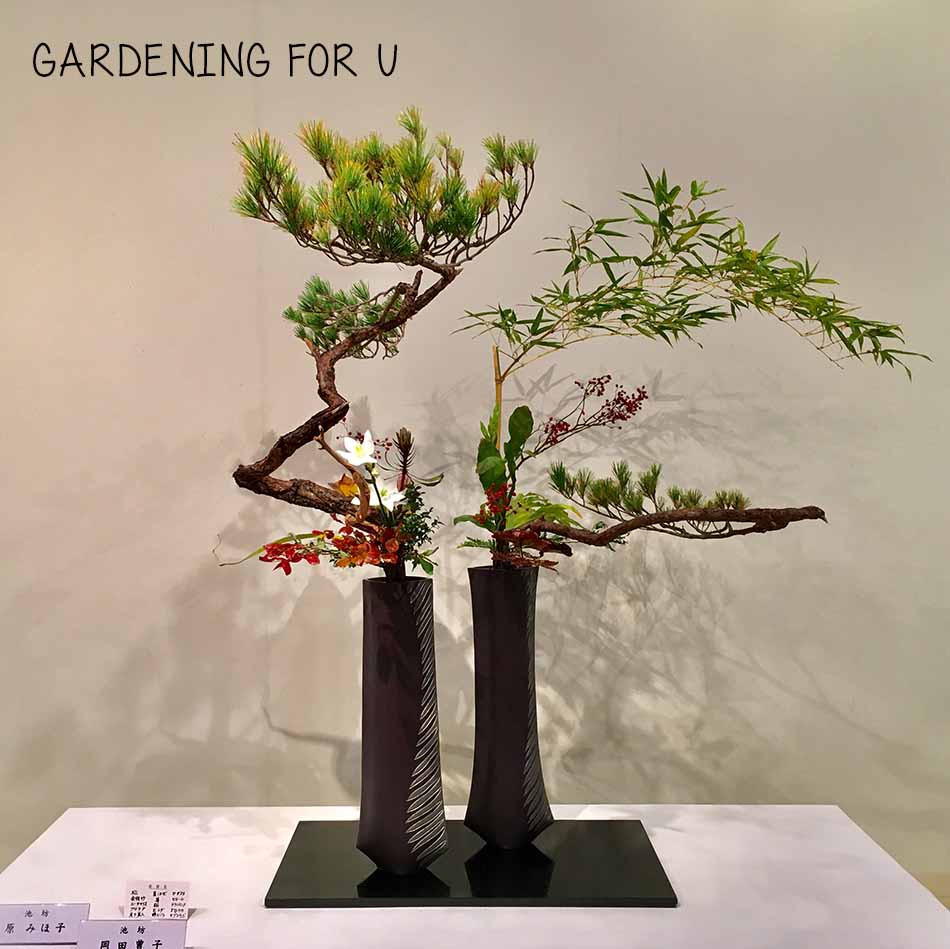
When you grow a plant or tree or perhaps create a garden, you need to plan in advance. Creating Ikebana is no exception. But you cannot plan everything because nature is not in your control. So it can be said that the form of ikebana is actually found through the arrangement rather than saying it’s all planned.
If you try to sketch or plan the arrangements before starting the process, you will be wasting your precious time and energy.
Instead of planning it like a designer, you should just decide which plants or flowers are you going to use, get an Ikebana vase, and start experimenting by arranging different plants with each other.
After you like a combination of plants, start trimming them using an ikebana scissor.
Since each plant and flower has its own form and pattern, you have to learn and accept it to work with it and finally find a suitable form.
5. Humanity
Buddhism is about spirituality and enlightenment. So ikebana, which was derived from the Buddhist principle should also follow the path of spirituality. But before you can gain spiritual enlightenment, you must learn to embrace your human nature.
Using the arrangements of ikebana you can project your feelings and emotions to the world. This way you can infuse humanity into nature.
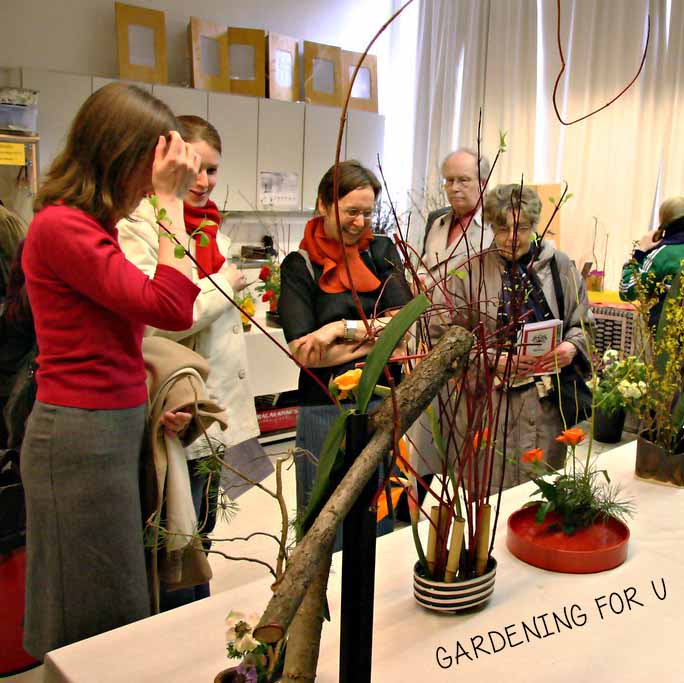
6. Culture

Primarily ikebana was derived from Buddhist culture. But the practice of ikebana came from China to Japan through Chinese Buddhist missionaries.
After entering Japan, a great deal of Japanese influence was mixed with this flower arrangement discipline.
So although we can trace the culture back to China and Buddhism, Japanese culture had a greater impact on the Ikebana flower arrangement.
7. Structure
Ikebana is derived from the principles of Buddhism and that’s why its also heavily influenced by these principles.
Although it’s not a strict ikebana rule, often it’s seen that it was arranged in a triangular structure. From there we find the 3 points of ikebana.
The 3 points of this structure represent heaven, earth, and humanity from a Buddhist perspective.
In some ikebana schools though, it represents sun moon and earth.
Some schools don’t even practice this rule of the triangular structure.
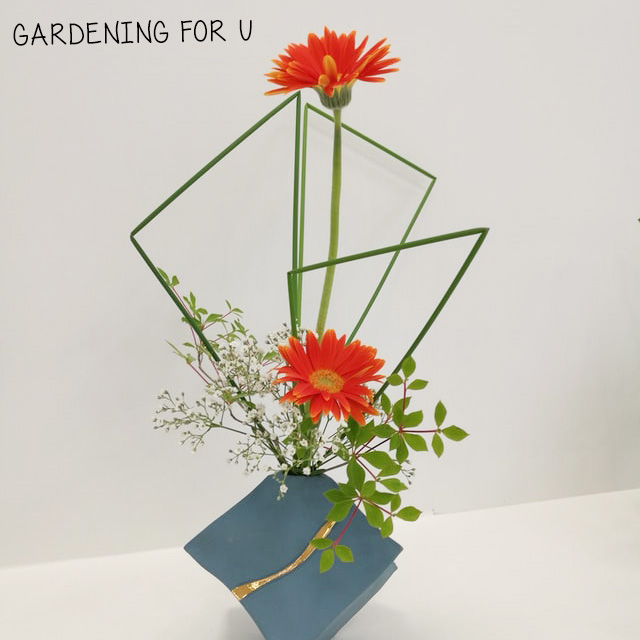
8. Seasonal
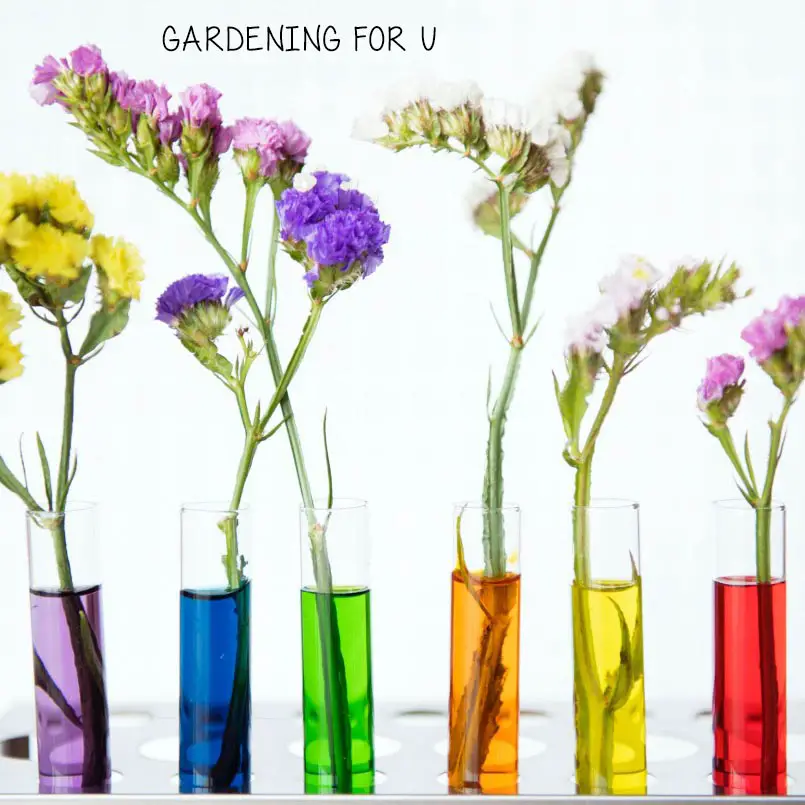
Plants represent the current season. So you should also keep that in mind when you are practicing coz Ikebana is also a representative of the season.
Since you are working alongside nature using the principle of minimalism, you should grab every opportunity to take the less and make it more.
When you are creating Ikebana, you are expected to collect the plants and flowers from nature rather than buying them.
You can just go out for a walk and or perhaps take a hike to find suitable plants for Ikebana.
Most of the practitioners of Ikebana should have a garden of their own. It’s easier to collect plants and practice ikebana if you have your own garden.
Because if you have a garden of your own, you’ll be able to grow the plants you want to practice with.
Although being seasonal is not one of the major Ikebana rules, it’s a good practice.
CAUTION: Be careful of any poisonous plants like poison ivy while collecting plants from your outdoor experience!
ADVICE: Use the internet on your smartphone to know about the plant.
TIPS: If you don’t have data or internet on your smartphone, just take a photo of the plant and research it later.
9. Removing not Adding
Keeping the most important ikebana rules of minimalism in mind, you should not add unnecessary elements to your arrangement.
After you have selected your initial plants or elements you should just go with it.
Instead of adding new things, you should focus on how to remove the features that are unwanted in the arrangement.
Since you are removing elements instead of adding, your work can be compared to sculpting.
Just like a sculptor uses a piece of stone and shaves away the unnecessary parts to create a beautiful sculpture, Ikebana is also art related to removing not adding.
How much you should remove is completely dependent on you, the size of your vase and what elements are you using. It’s totally up to what you are trying to bring out through the process using the arrangement.
Ikebana Flowers
Ikebana is basically a flower arrangement. Though the flowers used in Ikebana are quite similar in many ways, each of them has a different symbolic meaning behind them.
Here are some commonly used flowers in Ikebana arrangement:
Camellia
Camellia is used in different Ikebana arrangements as it symbolizes the longevity of life, love, and happiness. You can use Camellia in any kind of marital program in your Ikebana.
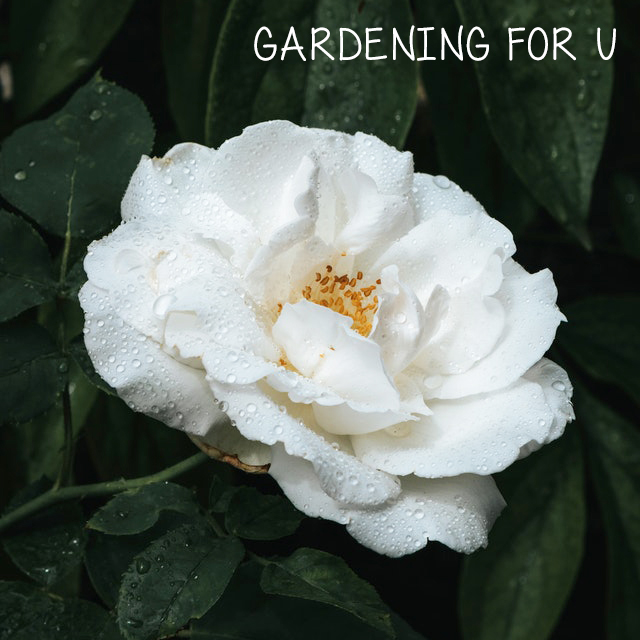
Iris
Iris is an excellent choice of flower for Ikebana.
It symbolizes heroism in Japan. Iris flowers in Ikebana also stand for protection against storms and evil spirits.
Chrysanthemum
In Japan, Chrysanthemum symbolizes natural protection. It also is symbolic of the imperial family of Japan.
When someone uses Chrysanthemum in Ikebana, it also means the wish for a long and healthy life.
Peony
You can find Peonies in different colors like, red, yellow, or white. The symbolism behind this flower is wealth and prosperity.
Though Ikebana is a Japanese flower arrangement, Peony is a Chinese flower that entered Japan with Buddhism.
Pine
The Pine tree has cultural influence almost all around the world. These trees are evergreen and probably that’s why it’s universally known as the symbol of life.
In Japanese culture, pine is associated with the symbol of longevity, steadfastness, and good fortune.
The Japanese even go as far as linking it with immortality! You can easily guess the hidden meaning behind pine ikebana yourself!
Ikebana Styles
There are over 1000 different forms of Ikebana styles. We’ll briefly discuss some of the major and most popular Ikebana styles practiced today.
There are 5 major styles of Ikebana practiced in today’s world. These are –
- Moribana Ikebana
- Rikka Ikebana
- Shoka Ikebana
- Nageirebana Ikebana
- Jiyuka or Freestyle Ikebaba
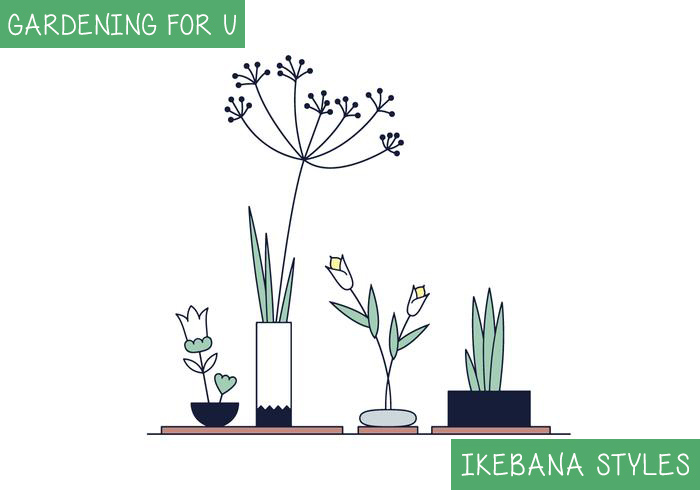
Moribana Ikebana
The most popular style of Ikebana is Moribana and the simplicity of nature can be expressed through this. The meaning of Moribana is – pilled-up flower. The style was introduced in the late 19th century by the Ikebana school of Ohara.
The style was developed at the time of the Meiji restoration.
During the restoration, Japan was open to the west and foreign flowers came to this land of the rising sun.
Moribana Ikebana style was developed to incorporate those foreign flowers that flooded the houses of Japanese people.
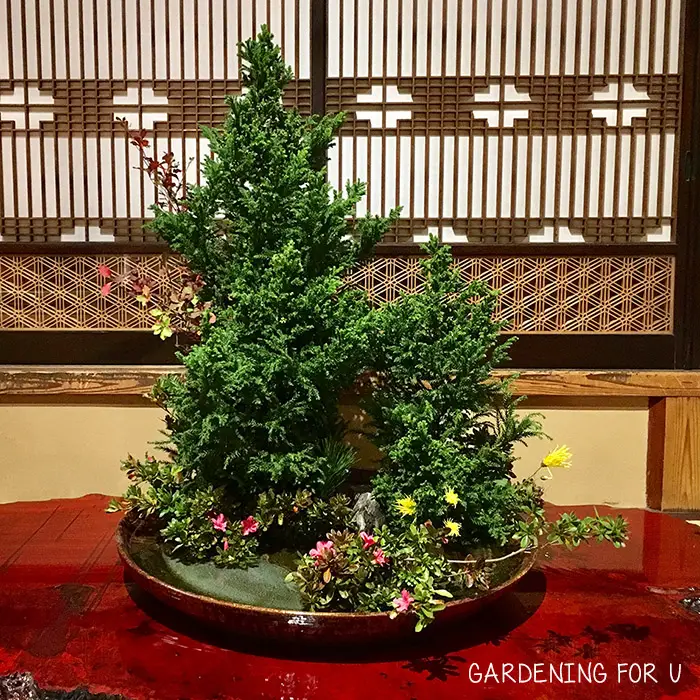
Because of the western influence, Moribana Ikebana was developed in a way that can be decorated not just in a Japanese house, but a western-style room as well.
Moribana Vase
Moribana style uses a disklike low vase or a bowl-like container. This allows the Ikebana creator to make the arrangements outward and make it look natural.
Rikka Ikebana
Another style of Ikebana is Rikka which came from Buddhism and this style is used to convey the calmness of Buddha. The meaning of Rikka is standing flowers.
The Rikka style of Ikebana was developed in the 15th century during the Azuchi Momoyama Era. It was one of the first styles of Ikebana that was developed. In fact, it was probably the oldest style of the Ikebana flower arrangement.
The style was influenced by Buddhist comprehension of nature. Rikka usually has a 3-dimensional arrangement accompanied with 7 or 9 branches which are said to represent nature itself.
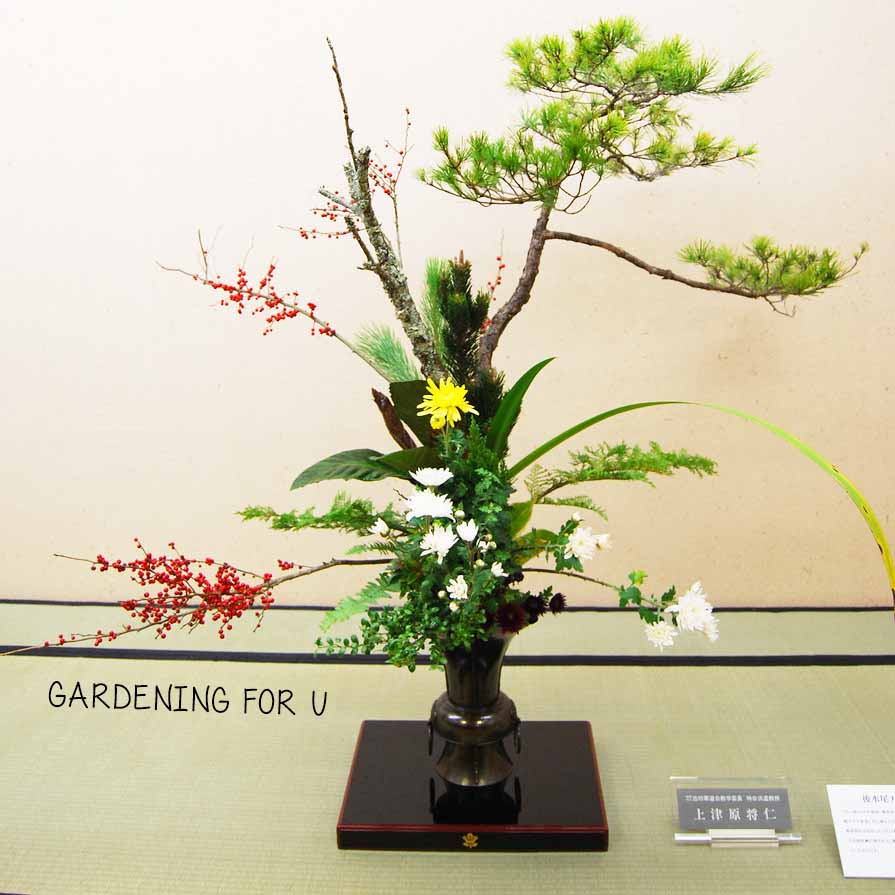
Symbolism in Rikka Style
In this style, the plants, and flowers are chosen in a way that gives a vibe of changing seasons to the viewers.
The Rikka style symbolizes many things in life. The trees symbolize mountains and grass and flowers usually symbolize water. Different plants and trees also have different meanings.
Yellow chrysanthemums can be interpreted as life itself.
Branches from a Pine tree symbolize endurance and immortality.
Types of Rikka
There are two types in the Rikka style of Ikebana. These are –
- Rikka Shofutai
- Rikka Shimputai
1. Rikka Shofutai
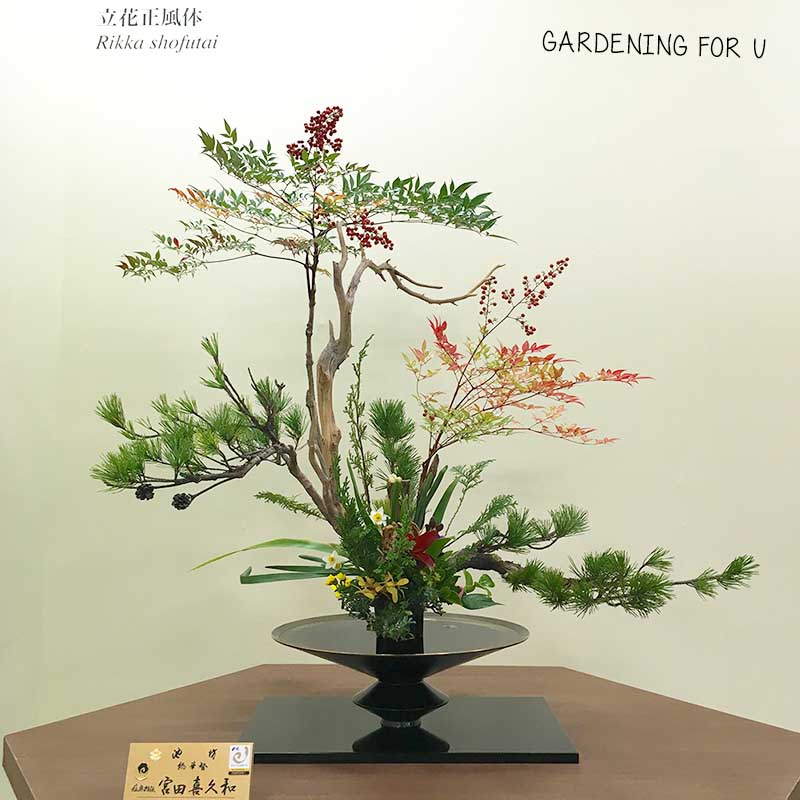
Rikka Shoutai was developed in the Azuchi Momoyama Period and standardized during the Meiji era.
It’s the traditional version of ikebana. It’s composed of seven or nine lines or parts called Yakueda. Rikka Shofutai has a set form.
2. Rikka Shimputai
Rikka Shimputai was introduced in 1999 as the Rikka style of Ikebana suitable for decoration in modern times. In addition to classic Japanese plants, exotic plants are also used in this.
Rikka Shimputai doesn’t have any set form and focuses on expressiveness rather than just natural beauty as a set form.
Fun Fact: If you search in google just by typing “Rikka”, you’ll find this…

Shoka Ikebana
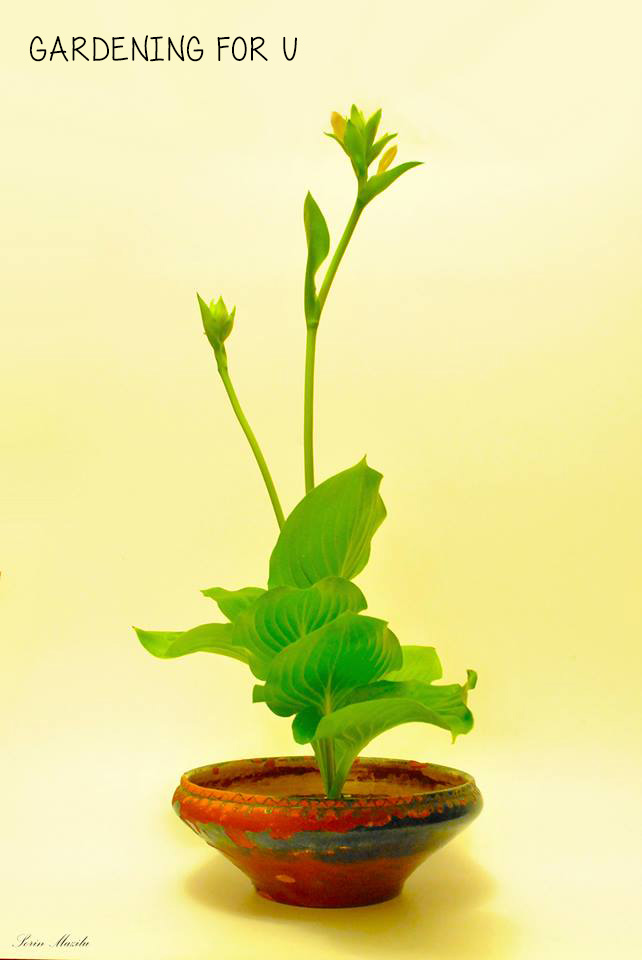
One of the most famous forms of Ikebana was “Shoka” or “Seika“. The style was the most popular in the 18th century and formalized in the late Edo Period.
But Shoka was far older than that. Art patron Shogun Ashikaga Yoshimasa and Japanese artist Sōami supported this style of Ikebana in the 15th century.
Shoka or Seika is said to be the simplified version of Rikka.
While the Rikka style of Ikebana usually consists of 7 or 9 lines or shapes or up to 11 in the case of Rikka Shimputai, Shoka consists of only 3 branches or lines.
In Shoka, the branches are arranged symmetrically and each branch is considered as heaven (ten), earth (chi), and man (jin).
The arrangement of these 3 lines is basically a triangular shape. The 3 lines or elements represent the universe for human beings.
The main theme that’s being expressed in the Shoka style of Ikebana is the inner beauty of a plant called shusshō in Japanese.
The style uses from 1 to 3 types of plant in a single vase and and and expressed in a way that makes it look rooted in the ground and growing towards the sun like a natural plant.
Nageirebana Ikebana
Nageirebana’s style of Ikebana is vastly different from other Ikebana styles because of two main reasons. Firstly, it uses bottle-shaped ikebana vases. Secondly, the flowers are just tossed in the vase and without any modifications let the form take itself.
This is a pretty unusual method for decoration don’t you think?
It seems like the arrangement is left to chance rather than skill right?
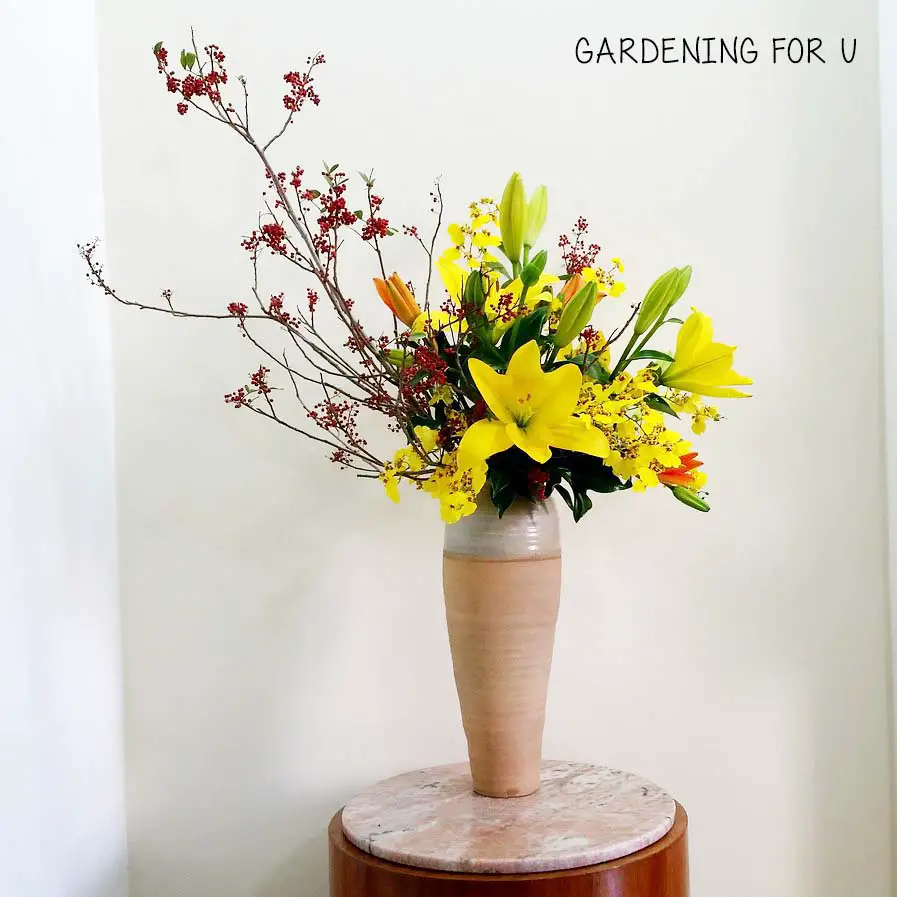
Well, there is a Japanese legend associated with this style.
Legend of Negeirebana
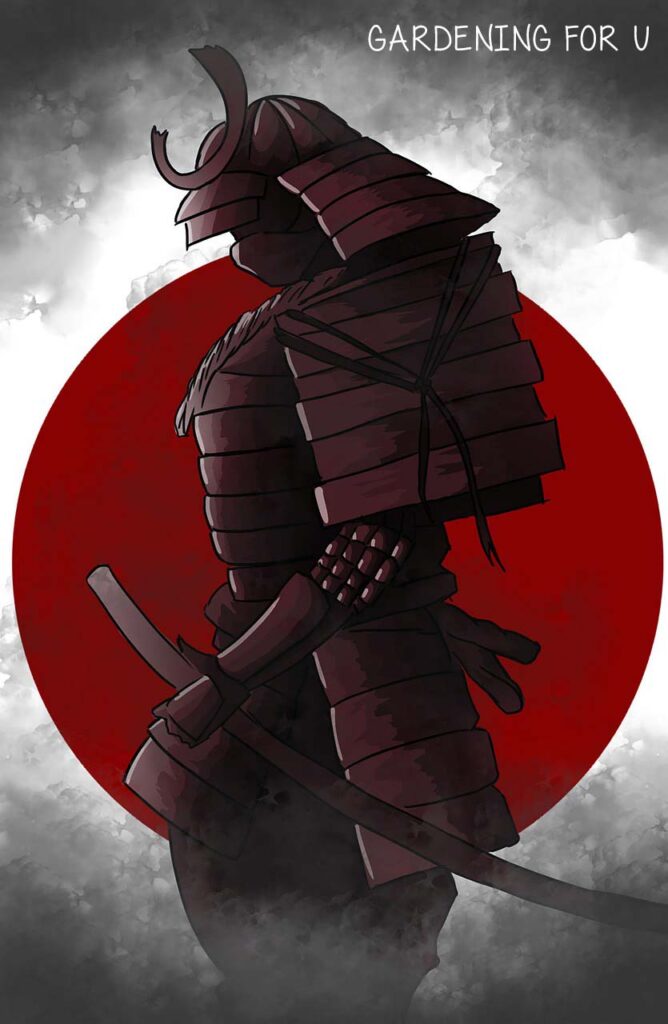
It’s a legendary story about a samurai.
I think it’s kinda funny though!
According to the legend, one hot summer day a samurai was bored to death! To do something about his boredom, he started to throw some plants into a small hole in a tall vase on the opposite corner of the room he was in.
According to this story, the name Negeirebana came from this incident coz it means “throw in flowers”.
As time went by the term was shortened to just Negire and many Ikebana schools now also call it by the short name.
Jiyuka or Freestyle Ikebaba
Jiyuka means “free flowers” and it’s also called “Free Style” Ikebana. There is no tradition, formalities, or rules bound to this style.
Because of no set form, the style has much flexibility. You can use any kind of material in this style of ikebana including non-plant materials.
Instead of following any set rule for the arrangements, each Ikebana is created by observing the shapes and textures of the plant.
In this way, the process completely depends on the creator’s creativity and ability to imagine.
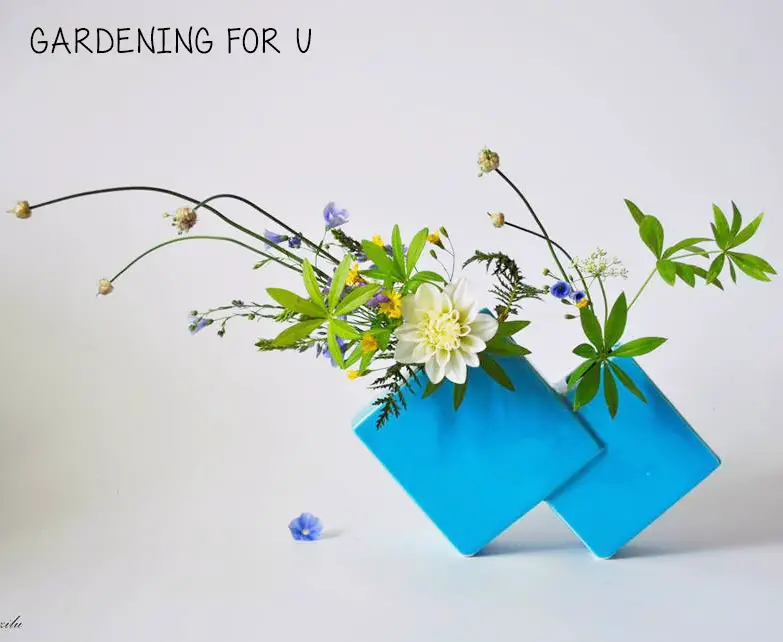
Jiyuka of freestyle of Ikebana is very convenient for modern times. In the olden day’s Japan, the Japanese households had tokonoma which is the Japanese version of the alcove.
Rikka and Shoka or Seika style ikebana was suitable for displaying in a tokonoma.
But it’s different outside Japan which has mostly western-style houses. And in the 20th even Japan had a western transformation. Because of that, most Japanese houses have become western-style now. Jiyuka Style for Ikebana is perfect for this kind of change.
The most famous 3 Ikebana School – Ikenobo, Sogetsu, and Ohara also adapted to this change and had to allow this freestyle partially.
Read more about Styles of Ikebana
Learn about the Best Ikebana Schools that practice these styles
Conclusion
By now, you should have a clear understanding of what is Ikebana and what you have to do to start practicing it. If this traditional Japanese art of flower arrangement resonates with your philosophy, you should try it.
And if there is anything you want to know about Ikebana, let us know in the comment section.
Ikebana for Beginners FAQ
1. What is Ikebana Used For?
The purpose of Ikebana is spiritual rather than just a pretty decoration. The main purposes of Ikebana are –
Ikebana is used for making offerings to Buddha. Japanese people believe that the offering of Gods should not be meaningless.
By understanding the different natures of each flower and stem, one can make different forms of Ikebana. the balance of nature can be found through it.
Ikebana is also practiced for spiritual benefits as people can connect themselves with nature through it.
Read more from Purpose of Ikebana
2. What do You Need for Ikebana?
You need a few basic tools first to do Ikebana:
Ikebana Vase – A flower vase that has ikebana kenzan at the bottom.
Ikebana Kenzan – An Ikebana flower holder where you stick your stems and flowers.
Ikebana Scissors – Used for cutting and trimming the stems, leaves, and flowers.
Read more from Ikebana Tools
3. What are the Rules of Ikebana?
The art of Ikebana was derived from Buddhist principles.
The 7 rules of Ikebana are:
1. Silence – Most important aspect
2. Lines and shapes – Principal key factor
3. Minimalism – Buddhist principle of minimalism
4. Form – Not planned but found
5. Humanity – Infuse humanity into nature
6. Culture – Influenced from Japanese culture
7. Structure – Often arranged in a triangular structure
Two additional principles that should be mentioned are:
8. Seasonal – Ikebana is the Representative of the season
9. Removing not Adding – Don’t add unnecessary elements
Read more from Ikebana Rules
4. What Flowers are Used in Ikebana?
Although different ikebana schools have different requirements, they all use similar flowers. The most common flowers that are used in ikebana are – Camellia, Iris, Chrysanthemum, Peony, pine, etc.
Most of the native flowers in Japan have symbolic meanings. Arranging several different flowers together can give it a whole new meaning.
Read more from Ikebana Flowers
5. What are the Styles of Ikebana?
1. Moribana Ikebana – Pilled-up flower
2. Rikka Ikebana – Standing flowers
3. Shoka Ikebana – Living flowers (Seika – Pure flowers)
4. Nageirebana Ikebana – Throw in flowers
5. Jiyuka Ikebaba – Free flowers (Freestyle Ikebana)
Read more from Ikebaba Styles
